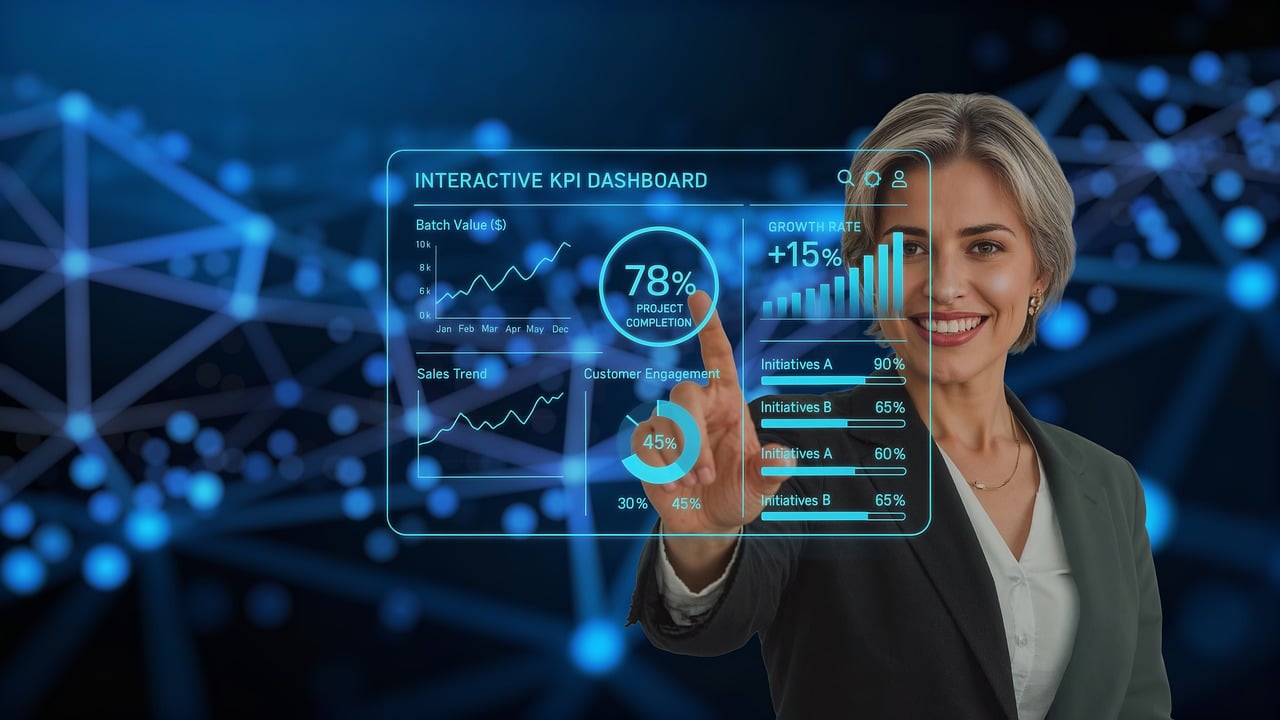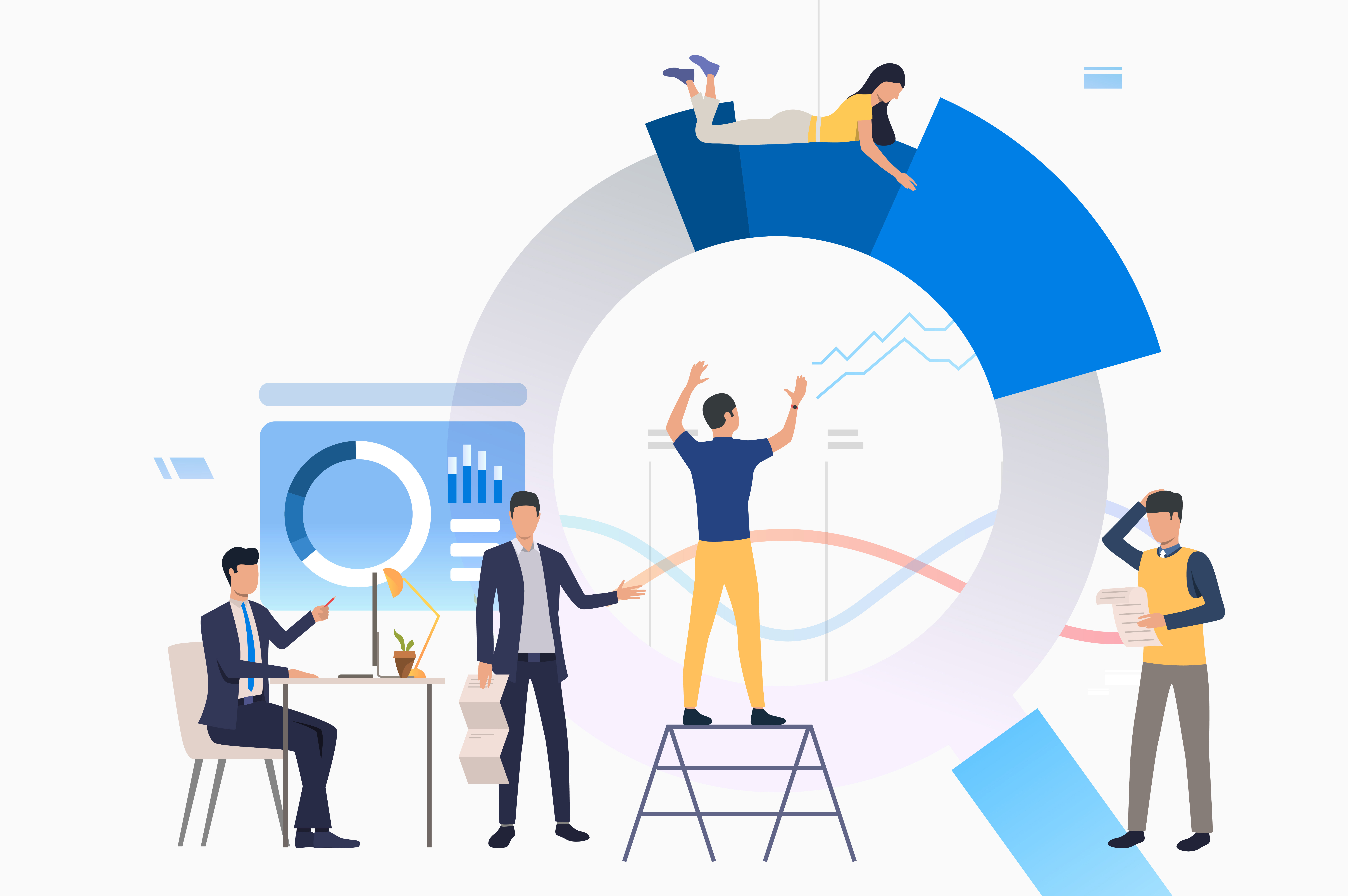Introduction
In today’s business environment, organizations need more than just tools to manage HR tasks. They need products that actively enable performance, fuel individual growth, and drive team alignment.
While many HRIS platforms offer performance-related features, these are often add-ons designed to complement administrative functions like payroll and benefits. In contrast, performance-focused products are built to foster a culture of growth, alignment, and continuous improvement, going far beyond the checkbox mentality of traditional performance management.
So how do you know if an HRIS is enough, or if you need a dedicated product to fuel performance? Let’s break it down.
What is an HRIS?
An HRIS (Human Resource Information System) is the backbone of HR operations. It handles administrative tasks like managing employee data, payroll, and compliance. Some HRIS platforms include performance features, such as goal tracking or basic feedback tools, but these are rarely the core focus.
HRIS Performance Features: Convenience with Limits
The Good:
- Convenience: HRIS platforms with performance features integrate easily into existing HR workflows.
- Simplicity: For small companies, these features provide a starting point for tracking goals and conducting reviews.
The Bad:
- Limited Depth: Performance tools are often designed as secondary features, lacking the flexibility or insights needed for modern, fast-paced workplaces.
- Rigid Structures: Features like annual review cycles don’t align with the continuous, adaptive feedback necessary for today’s teams.
- Missed Opportunities for Growth: HRIS platforms focus on compliance and tracking, not employee development or cultural transformation.
What is a Performance-Focused Product?
A performance-focused product is built with a different purpose: to empower individuals, enable team alignment, and support organizational growth. These tools prioritize people over processes by simplifying performance workflows and providing actionable insights to drive improvement.
What Sets Performance-Focused Products Apart?
- Focus on Growth:
- These tools aren’t just about tracking performance—they help individuals identify strengths, set goals, and grow over time.
- Features like Individual Development Plans (IDPs) and coaching tools ensure personal development is tied directly to team and company success.
- Continuous, Actionable Feedback:
- Feedback is integrated into daily workflows, enabling employees and managers to make real-time adjustments.
- Example: AI-powered pulse surveys uncover barriers to progress and fuel open conversations during 1:1s.
- Real-Time Insights:
- Unlike static reports in an HRIS, performance-focused products offer dynamic, real-time data on goal progress, engagement trends, and collaboration.
- This empowers leaders to make proactive decisions and respond quickly to challenges.
- Agile Goal Setting and Alignment:
- Goals can adapt as priorities shift, ensuring teams stay aligned and focused on what matters most.
- Example: A marketing team can revise OKRs mid-quarter to reflect changing campaign strategies while maintaining alignment with the company’s mission.
- Integrated Culture of Performance:
- These tools don’t just track performance—they create an environment where people feel supported, aligned, and motivated to contribute.
- Features like real-time Praise foster recognition, while tools like 1:1 Notes ensure alignment and accountability.
HRIS vs. Performance-Focused Products: Which Do You Need?
When an HRIS Might Be Enough:
- If you’re a smaller company just starting out and need a basic tool to handle HR operations.
- If performance improvement isn’t a priority yet, and you’re comfortable with traditional annual reviews.
When to Invest in a Performance-Focused Product:
- If your goal is to enable growth rather than just measure performance.
- If you need tools that drive team alignment and support individual development.
- If your organization values continuous improvement and agility over rigid processes.
- If you want to build a workplace culture focused on collaboration, feedback, and shared success.
Why HRIS Alone Falls Short
While HRIS platforms are essential for managing HR operations, relying on them to drive performance can hold your organization back.
- Shallow Features: Most HRIS tools aren’t built for the depth needed to support meaningful growth or alignment.
- Disconnected Data: Performance data in an HRIS is often siloed and doesn’t integrate seamlessly with day-to-day workflows.
- Focus on Compliance, Not Growth: HRIS platforms prioritize tracking and reporting, leaving little room for coaching or personal development.
A Better Way Forward
Performance-focused products, like Peoplelogic, offer a new way of working. They empower organizations to:
- Foster a culture of growth and connection.
- Align individual, team, and company goals.
- Use real-time data and insights to fuel decision-making.
- Create an environment where employees thrive, teams succeed, and organizations grow.
Conclusion: It’s Time to Move Beyond Checkboxes
An HRIS is great for what it’s built for—handling HR operations. But if you want to drive real cultural change, fuel growth, and create alignment across your organization, a performance-focused product is the way to go.
By shifting from a management mindset to one of enablement, you can create a workplace where people thrive and performance drives meaningful impact.
Ready to take the next step? Learn how Peoplelogic can help you move beyond managing tasks to enabling performance and connection across your teams.
Recent Posts
Browse all articles


.svg)



